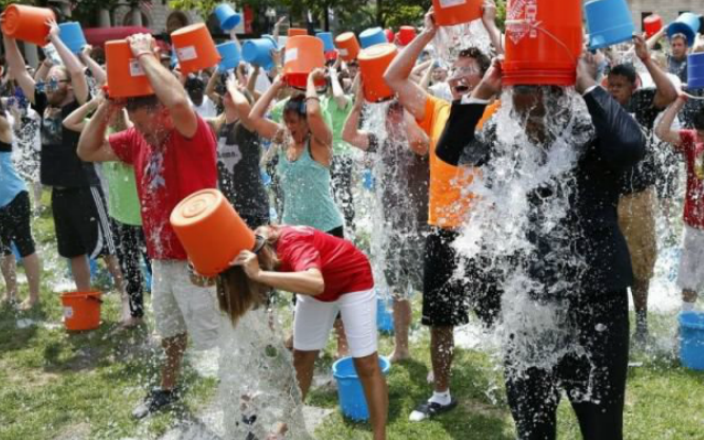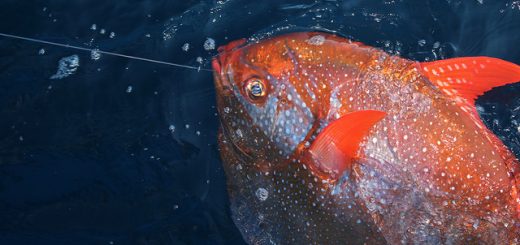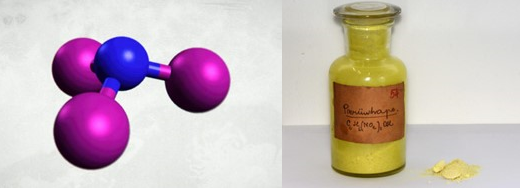Ice Bucket Challenge – Was It Worth It?

In 2014, the Ice Bucket Challenge took Facebook by storm. Thousands sought out water, ice and buckets. By throwing the icy water over themselves and making a video, they were entitled to nominate the next unfortunates. What inspired this bizarre craze? Amyotrophic lateral sclerosis (ALS): People with ALS say that the disease and the sensation of losing motor function feels like being dunked in an icy bath. If an Ice Bucket Challenge nominee didn’t complete their challenge they had to pay up to an ALS charity.
Through the success of this viral sensation, people from all across the globe managed to raise £94 million and many contributed regardless of the challenge – an impressive number that paid off1. A gene responsible for ALS, NEK1, was implicated using genome-wide association analyses, a technique where differences in the DNA of individuals with ALS are compared to the DNA of healthy people to see if any variant in DNA is associated with the disease. Scientists compared the DNA of 1022 inherited ALS sufferers to 7315 healthy people using powerful computers. The differences that were common only to ALS sufferers were closely examined in order to isolate the gene responsible for ALS.
NEK1 was found to be responsible for only 3% of the cases, through the familial (inherited) route of the disease2. This percentage may seem a little disappointing but it’s worth remembering that this was just one study which required under £1 million to research, leaving the research fund still comfortably padded. Another point to consider is that 140,000 new cases of ALS are diagnosed worldwide each year and 3% of cases equates to 4200 people each year3. In comparison the first gene implicated, SOD1, was found to be linked to ALS in only 2% of cases4. This new understanding of NEK1 will possibly save 4000 people each year from a terrible diagnosis of a disease that kills half within 2 years and traps them inside their own body meanwhile.
However, implicating the gene is just the first step. The second step is studying the gene and working out what goes wrong in it in ALS sufferers. The third is finding a drug that would combat the negative effects of the NEK1 mutation. The fourth step is the most expensive, requiring millions of pounds and years of research: human trails. The Association of British Pharmaceutical Industry estimates it costs £1.15 billion on average to get a drug to market. Perhaps this is where the money will go if a potential drug is discovered.
So was the Ice Bucket Challenge worth it? Accounting for 3% of cases may not have been the breakthrough we were all hoping for when we handed over our money. However, this is just the first study funded and research usually takes 1-3 years to complete. To reap the rewards of the Ice Bucket Challenge we have to sit back and let the scientists do their work, as hard as that can be for ALS sufferers who still have no hope of recovery at the moment.
Edited by Sarah Spence










